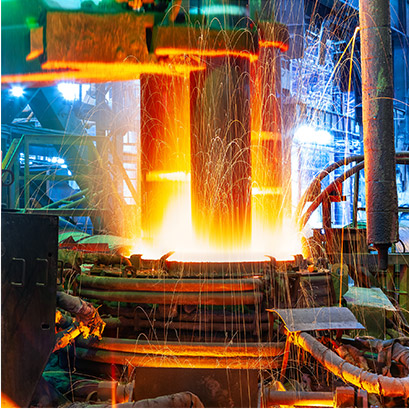Strategic & Critical
Critical Raw Material
Raw materials are crucial to Europe’s economy. They form a strong industrial base, producing a broad range of goods and applications used in everyday life and modern technologies. Reliable and unhindered access to certain raw materials is a growing concern within the EU and across the globe. To address this challenge, the European Commission has created a list of critical raw materials (CRMs) for the EU, which is subject to a regular review and update. Natural graphite is one of them. But natural graphite has also been recognised as a critical raw material by Japan and the US in their assessments. Overall, the EU is a net importer of natural graphite and imports around 100,000 tonnes per year mainly from China, Tanzania, and Mozambique. Increasingly other sources within the EU and outside of the EU are coming onstream.
Growing Demand
In today’s world, graphite is considered a key, strategic material in the emerging green technology economy that includes advances in energy storage, electric vehicles and electronics from smartphones to laptops. New applications such as lithium- ion batteries, fuel cells and nuclear power can create significant, incremental demand growth in the future. The use of lithium-ion batteries is growing rapidly in consumer electronics, and they are now becoming popular not just in consumer vehicles but in trucks, motorcycles, recreational vehicles, trucks, buses, and boats, as well as in industrial applications such as powering forklifts, automated warehouses, power tools and other equipment. Growth in demand for graphite will only continue with the increased electrification of vehicles and other machines.
As the green technology economy grows,
demand for graphite could outstrip supply over the next decade.


European and worldwide resource base
Refractories
Recycling Steel Scrap with Graphite Electrodes
The main downstream market of the sector is the electrode market, especially the steel industry,
for which the recycling of scrap steel reduces the CO2-emissions of the sector.

As of today, the most efficient way to recycle steel is the electric arc furnace (EAF). The steel is produced by passing high currents through huge graphite electrodes into the scrap. Between two of our graphite electrodes flows about as much current as through 200,000 light bulbs. Using graphite electrodes allows obtaining such high temperatures to melt the steel scrap and to ensure the steel qualities of the recycled steel. Graphite electrodes are an integral part of the latest steel recycling technology and given the increased use of steel in infrastructure around the world, graphite electrodes will continue to be required to save resources for the future. Compared to steel making via the Basic Oxygen Furnace (BOF) graphite electrodes used in EAFs contribute to a reduction of 84 million mt of CO2 emissions per year in the EU- ,equivalent to emissions from 28 million passenger cars.
The EU Green Deal and the New Circular Economy Action plan highlighted how much the domestic processing of European generated waste can contribute to various objectives of the Union, including reducing environmental and climate impacts. Therefore, the treatment and recycling of the EU waste should occur in EU when there is state-of-the-art technology for doing it and when exporting it to third countries would result in harmful impacts on environment and human health.

